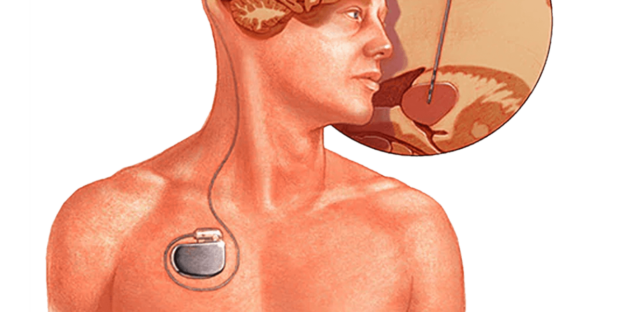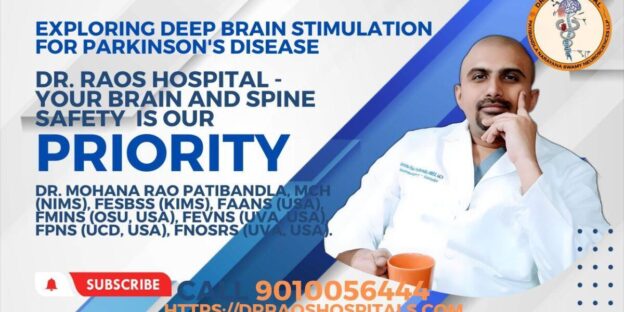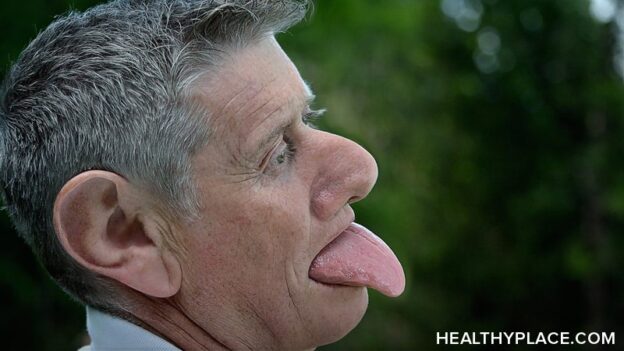Deep Brain Stimulation: Transforming Lives with Advanced Neurosurgery—Dr. Rao at Dr. Rao’s Hospital
At the forefront of medical innovation, Dr. Rao and his team at Dr. Rao’s Hospital in Guntur, Andhra Pradesh, are pioneering advanced treatments for movement disorders through Deep Brain Stimulation (DBS). This revolutionary procedure has emerged as a beacon of hope for patients grappling with conditions like Parkinson’s disease, dystonia, and essential tremor.
Understanding Deep Brain Stimulation:
Deep Brain Stimulation is a cutting-edge neurosurgical technique that involves implanting electrodes into specific areas of the brain. These electrodes are connected to a small device called a neurostimulator, which is implanted under the skin, usually near the collarbone. The neurostimulator sends electrical impulses to the targeted brain regions, helping to regulate abnormal signals and alleviate symptoms.
The DBS Procedure:
- Pre-Surgical Evaluation: Dr. Rao conducts a comprehensive evaluation to determine if DBS is suitable for the patient. This includes neurological assessments, imaging studies, and discussions about the patient’s medical history and treatment goals.
- Surgical Planning: Precision is paramount in DBS. Using advanced imaging techniques, Dr. Rao meticulously plans the surgery to ensure accurate electrode placement. The goal is to target specific brain regions that control movement and other functions.
- Implantation: During the procedure, Dr. Rao implants the electrodes into the brain through small openings in the skull. The patient may be awake during part of the surgery to provide feedback, ensuring optimal electrode placement. The neurostimulator is then implanted under the skin.
- Programming and Follow-Up: After surgery, the neurostimulator is programmed to deliver the appropriate electrical impulses. Dr. Rao and his team provide ongoing support and adjustments to optimize the patient’s outcomes.
Life-Changing Benefits:
For many patients, DBS has been a life-altering treatment. It can significantly reduce symptoms such as tremors, stiffness, and difficulty with movement. Patients often experience improved quality of life, greater independence, and renewed hope for the future.
Meet Dr. Rao – A Pioneer in Neurosurgery:
Dr. Mohana Rao Patibandla is a highly respected neurosurgeon with extensive expertise in minimally invasive techniques. His commitment to patient care and surgical excellence has made him a trusted name in the field. At Dr. Rao’s Hospital, he leads a dedicated team that is passionate about delivering world-class medical care. According to The Times of India coverage.
Why Choose Dr. Rao’s Hospital?
- State-of-the-Art Facilities: Dr. Rao’s Hospital is equipped with the latest technology and advanced surgical tools, ensuring the highest standards of care.
- Personalized Care: Every patient is treated with compassion and respect, receiving individualized attention and support throughout their treatment journey.
- Multidisciplinary Approach: Collaboration among specialists in neurology, neurosurgery, and rehabilitation ensures comprehensive care for each patient.
Contact Dr. Rao’s Hospital:
- Address: 12-19-97, Old Bank Road, Kothapet, Opposite Sravani Hospital, Beside AK Biryani Point, Guntur, Andhra Pradesh, 522001
- Contact Number: +91 9010056444 / +91 9010057444
- Website:drraoshospitals.com
Discover the transformative power of Deep Brain Stimulation with Dr. Rao. Take the first step towards a brighter future and schedule your consultation today.




